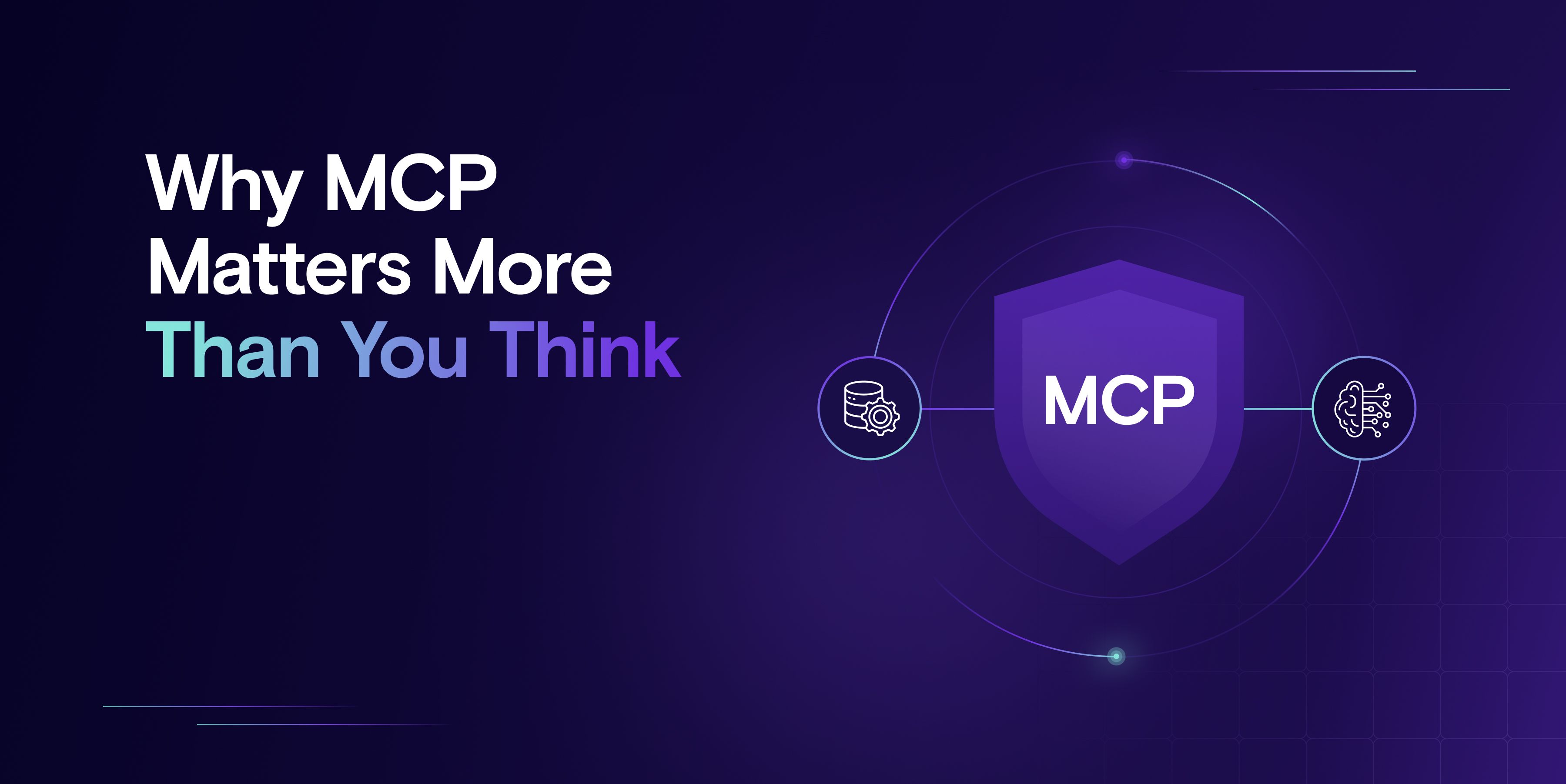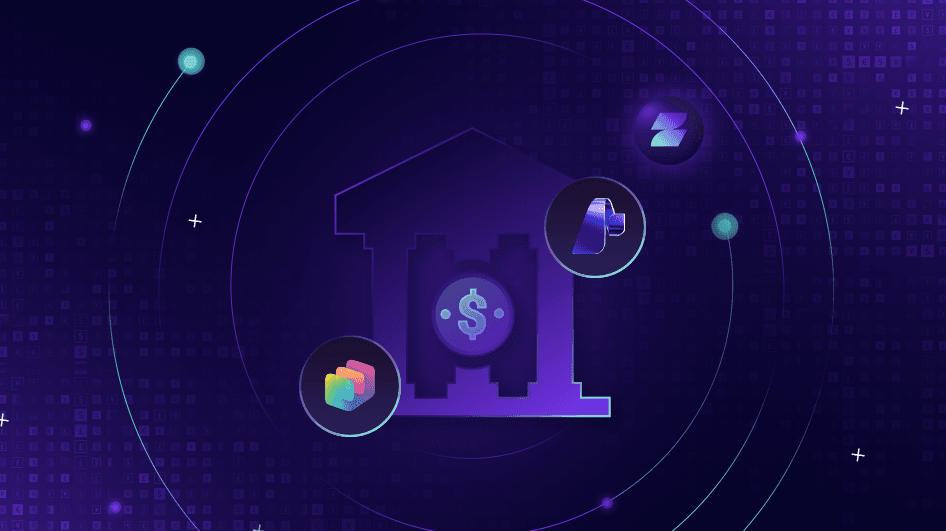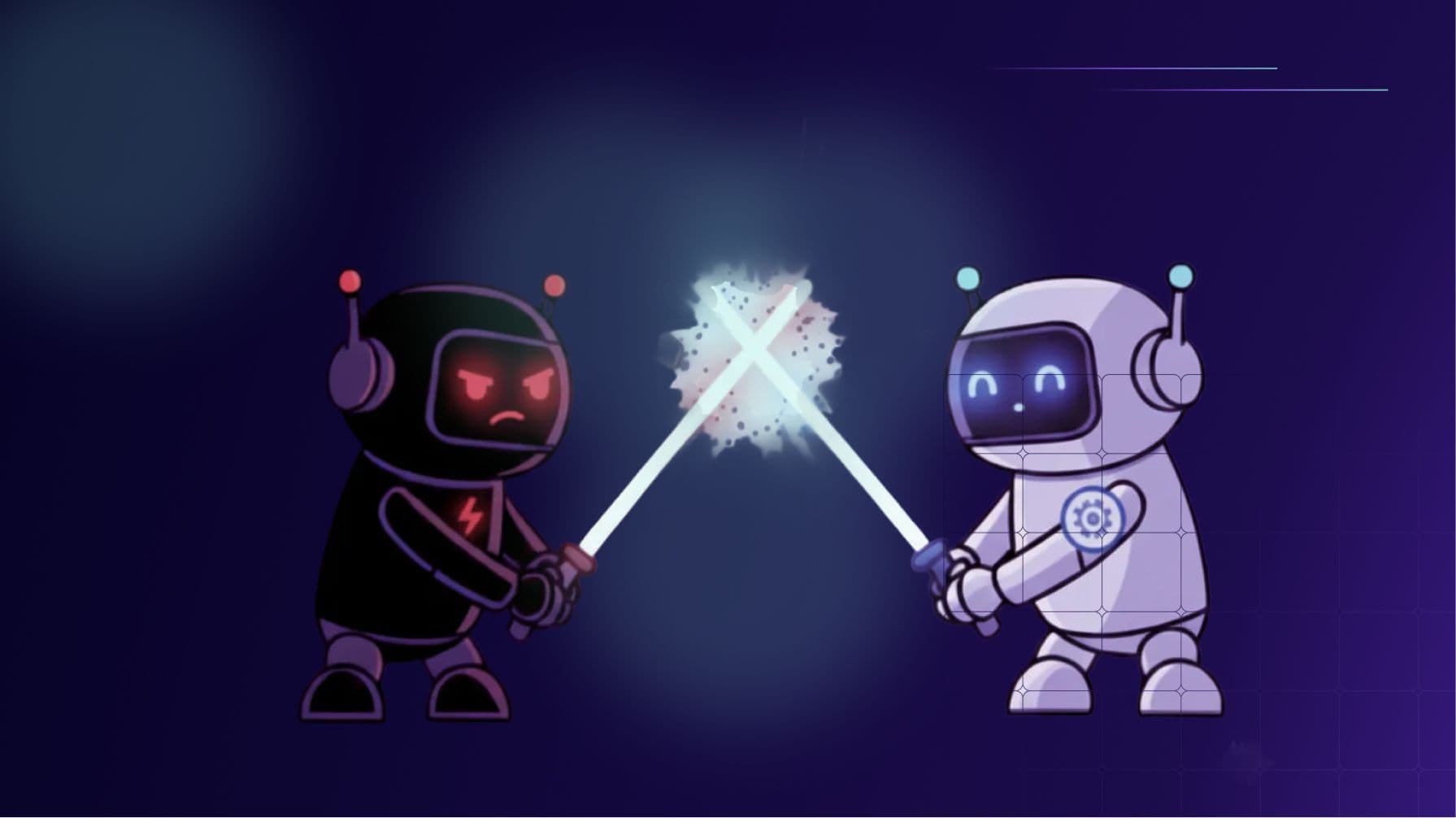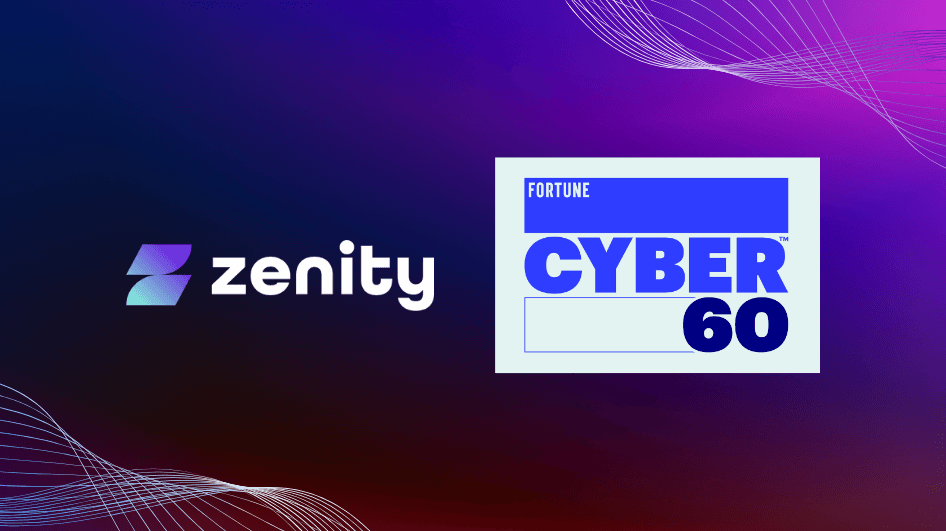Model Context Protocol (MCP): A Primer

The New Kid on the Block - MCP
In the ever-evolving landscape of AI, a new enabler has emerged that's quietly transforming how language models interact with the digital world: Model Context Protocol, or MCP. It may not be a household name yet, but if your organization is experimenting with AI agents, it's time to get acquainted.
MCP is becoming the cornerstone of LLM integration - bridging the gap between isolated AI systems and the interconnected web of enterprise & client applications. This newfound flexibility empowers AI to not only generate responses but to take real-world actions.
But with great power comes great responsibility - and even greater risk. Let’s explore what MCP is, how it works, and why its security implications are more than a technical footnote.
What Is MCP? And Why Is It So Powerful?
At its core, Model Context Protocol is a standard that allows large language models (LLMs) to communicate with external services in a dynamic and modular way. Think of it as an extensibility layer - a sort of "plugin system" - for models like GPT-4, Claude, or open-source LLMs.
How It Works (Briefly)
MCP works by enabling models to interact with a context server that provides real-time access to tools, APIs, and services. These services are often defined by JSON-based schemas and registered through MCP-compliant servers, which the LLM can query or invoke as needed. The result? Plug-and-play interoperability between AI and your digital stack.
Why It Matters
AI Agents have been active for a while now, leveraging actions, connecting to knowledge sources, and executing workflows. But until recently, these connections were static, narrow, and highly specialized. Integrations had to be explicitly coded for specific tasks, which limited the scope and flexibility of what agents could do.
MCP changes the game. With a plug-and-play architecture, agents can now dynamically connect to a wide variety of data sources, tools, and triggers, all without requiring deep custom development for each integration. This shift dramatically expands the agent’s operational reach and adaptability, allowing LLMs to act more like versatile digital coworkers than isolated assistants.
The Security Wake-Up Call
MCP isn’t just another technical advancement - it's a paradigm shift. For the first time, LLMs can autonomously act across complex environments. This makes them immensely powerful - and dangerously fragile if left unguarded.
What's Different About MCP?
On one hand, nothing. Like any new infrastructure layer, MCP must be vetted before adoption.
On the other hand, everything. MCP enables frictionless connectivity between AI, data, and services - but that very convenience makes it easier than ever to introduce severe security vulnerabilities.
MCP Security Risks - What You Need to Know
Here’s a breakdown of the most critical threats organizations face when adopting MCP:
1. MCP Server Reliability & Trust
Today’s MCP landscape is fragmented, with many servers popping up across platforms and communities. Not all are created equal. If your teams use unverified or compromised MCP servers, you risk supply chain vulnerabilities, prompt injection attacks, or even tool poisoning. Without visibility into which servers are in use, you're flying blind.
2. Over-Privileged Access
To function smoothly, many MCP servers request broad access scopes. While this makes integrations easier, granting too much power to LLMs increases the blast radius of rogue agents. An agent that should only read from a calendar might gain access to write permissions across your entire environment. Or a misfiring AI agent with financial permissions could inadvertently drain your budget - a classic denial of wallet attack.
Least privilege principles must be enforced across all MCP integrations.
3. Data Leakage & Accidental Sharing
MCP simplifies connectivity - sometimes too much. It becomes trivial to hook sensitive data sources (like GitHub or Google Drive) to communication apps (like Slack or WhatsApp). This can lead to accidental data leaks, especially when using poorly governed AI agents.
4. DNS Hijacking over SSE
MCP servers often use Server-Sent Events (SSE) for real-time communication. However, if SSE is not properly secured, it can be exploited through DNS rebinding to interact with local resources, making it a potent attack vector.
5. Tool Poisoning
As agents become more autonomous, bad actors may poison tools by modifying schema responses or injecting misleading context. Without runtime validation and secure tool registries, this threat could silently compromise decision-making at scale.
Best Practices for Secure MCP Adoption
If MCP is going to be the nervous system of AI Agents, it must be protected like critical infrastructure. Here's how to do it right:
1. AI Observability
Track how and when AI agents access tools:
- Log interactions at both build-time and run-time.
- Monitor what services are being accessed and under which identity.
- Flag abnormal behaviors in real-time.
2. Implement AISPM and AIDR
Use frameworks like AI Security Posture Management (AISPM) and AI Detection & Response (AIDR) to:
- Identify misconfigurations.
- Detect anomalies like prompt injections or overreach.
- Mitigate threats such as tool poisoning.
3. Govern Your Ecosystem
Don’t compromise your security principles to embrace new tech. Instead:
- Enforce least privilege, by limiting agent authority to only what is necessary.
- Maintain explicit sharing policies.
- Regularly audit agent behavior and connected services.
4. Educate Builders
Empower your developers and AI builders to understand:
- How MCP works.
- The risks it introduces.
- The guardrails required to deploy it safely.
Final Thoughts: Don’t Lower the Bar - Raise the Standard
AI Agents are no longer a sidekick. It's becoming a first-class citizen in enterprise systems. That’s why security must evolve with it, not bend to it.
At Zenity, we believe "Block to secure" is no longer enough.
We must Enable & Secure.
That means embracing protocols like MCP - not with fear, but with foresight. Let’s build smarter, connect better, and protect our organizations while enabling the future of AI Agents.
Ready to dive deeper into secure AI Agent development?
Discover how Zenity empowers enterprises with full AI Observability, robust threat detection across both build time and runtime, and seamless governance frameworks that ensure security without slowing innovation.
All ArticlesRelated blog posts

Considerations for Microsoft Copilot Studio vs. Foundry in Financial Services
Financial services organizations are increasingly turning to AI agents to drive productivity, automate workflows,...

Claude Moves to the Darkside: What a Rogue Coding Agent Could Do Inside Your Org
On November 13, 2025, Anthropic disclosed the first known case of an AI agent orchestrating a broad-scale cyberattack...

Fortune Names Zenity to the Cyber 60: Owning the Era of AI Security
Defining AI Security: Zenity Named in Fortune’s Cyber 60 If you follow cybersecurity innovation, you’ve probably...
Secure Your Agents
We’d love to chat with you about how your team can secure and govern AI Agents everywhere.
Get a Demo